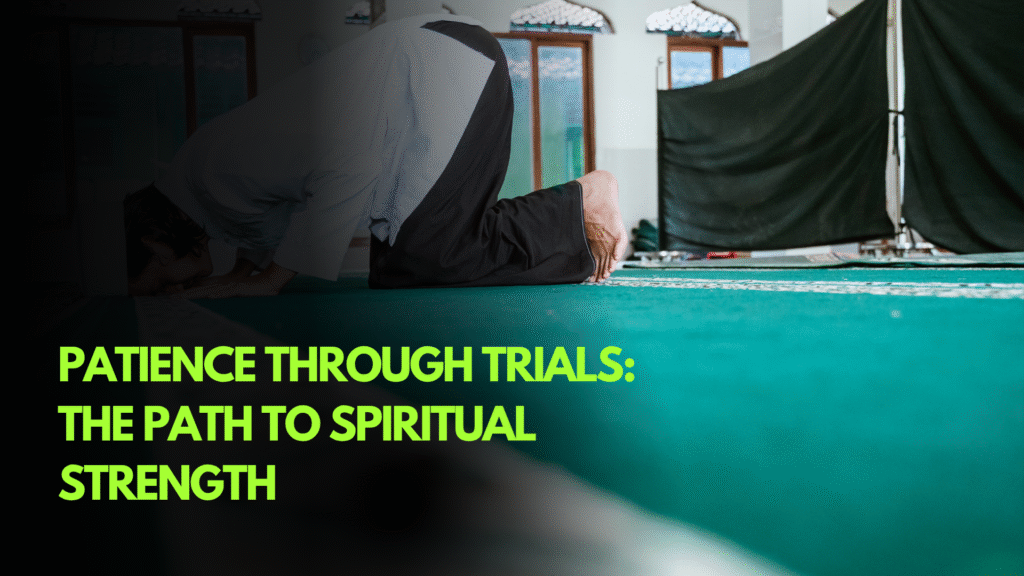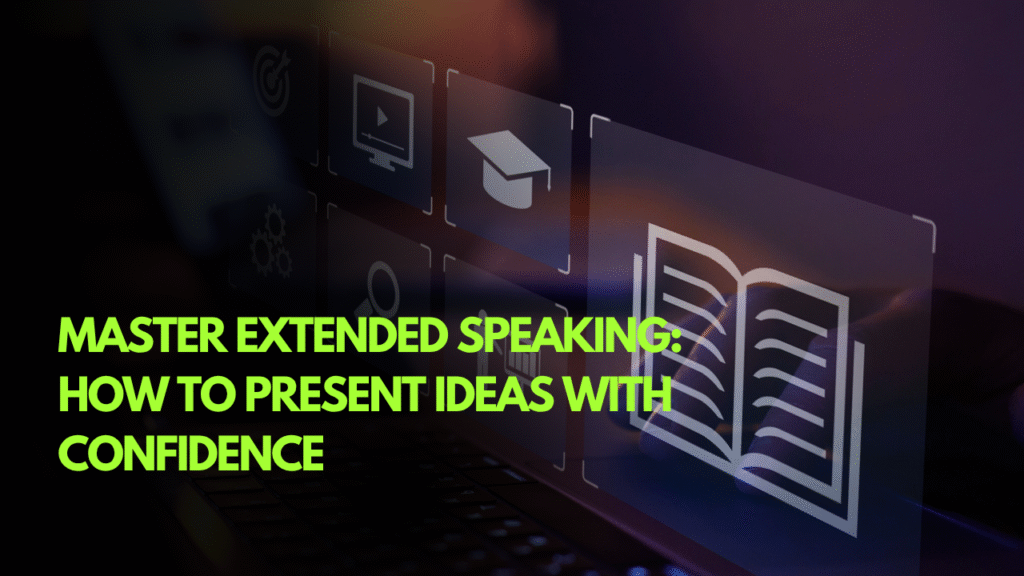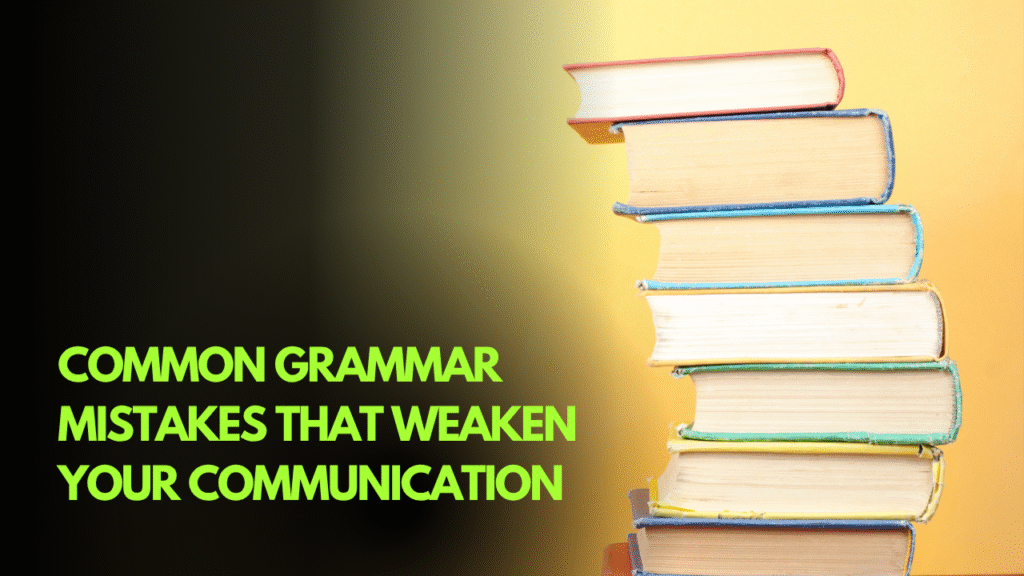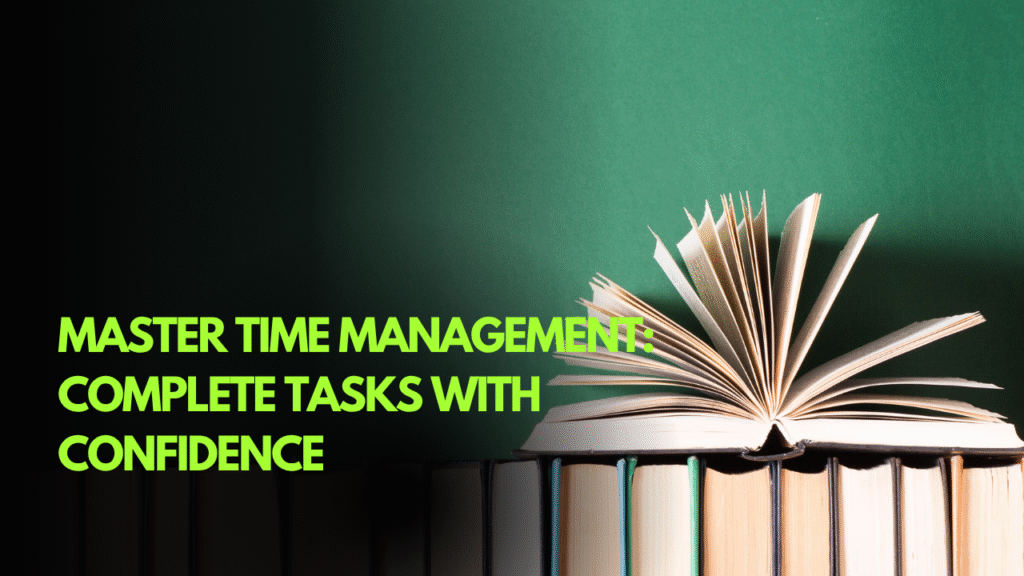Patience Through Trials: The Path to Spiritual Strength
Patience through trials is a spiritual strength that helps believers withstand life’s challenges, whether they involve loss, hardship, or temptation. The Quran assures that those who patiently endure are granted boundless mercy and unlimited rewards, while genuine self-reflection and restraint over desires refine character and lead to spiritual maturity. True patience is not the absence of struggle, but the willingness to trust Allah, remain content, and use difficulties as opportunities for growth and purification of the soul.











